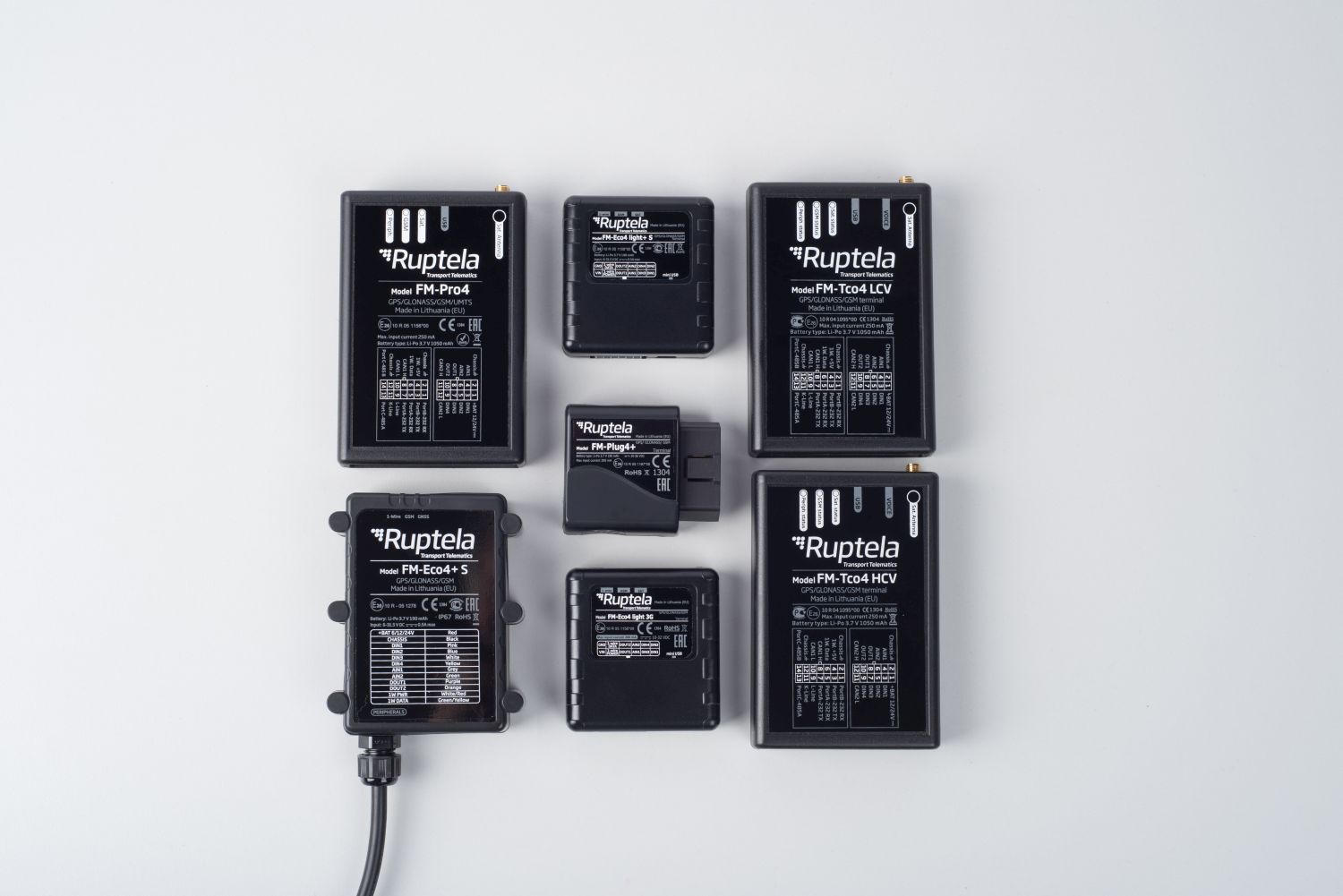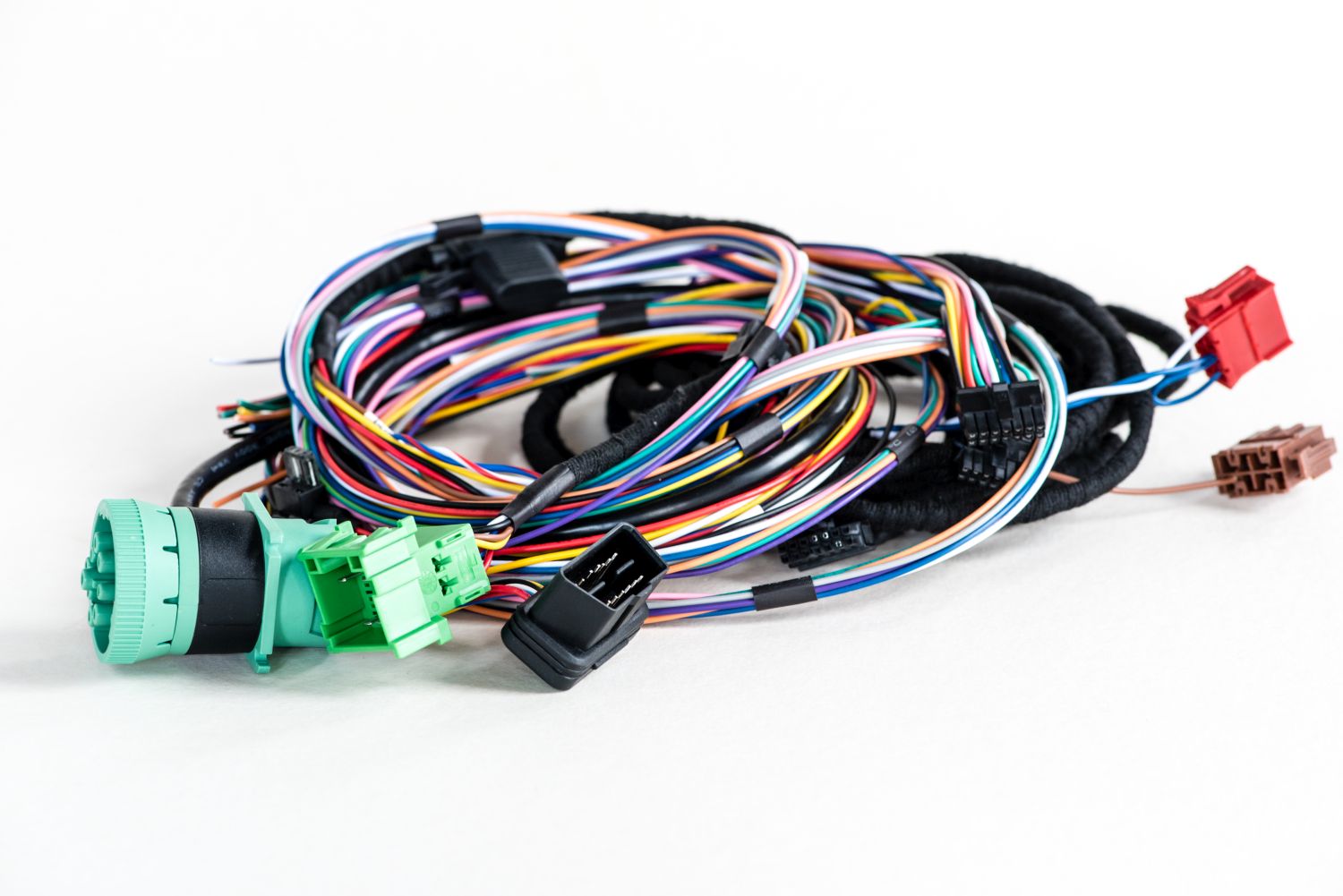What does it take to create a tracking product from scratch? We talked to Vytautas and Žygimantas, teammates from Ruptela HW (hardware) and FW (firmware) department who carefully check the device creation process from start to finish. They commented that it is essential not to stick to what we have in our portfolio and carefully listen to what our customers have to say – their challenges generate our demand. All creation process was divided into ten steps.
- Idea screening
This step requires strong leadership, creativity and knowledge. Person who is presenting future product ideas and concepts usually is in a Product Manager’s or Product owner’s role. Product vision needs to be clearly described and proven using Stage gate methodology – what customer problems it solves, what competitive advantages it has among others. To do that right, we dive deep into our client feedback and needs while combining our expertise for a successful product definition.
- Business case evaluation
Assessment is the most consolidating inter-department step, which involves sales, business development and R&D teams working together to validate the desired product value for the customer. It is crucial to evaluate technical capabilities, self-cost, quantities and timelines, to make sure this idea has a chance to become a useful addition to our portfolio and client.
- Project scope definition and minimum viable product
Defining a product comes with an understanding of the minimal required functionality to fulfill most often cases. In this way, we divide product creation into parts, so we can present the basic version first. After that – gathering one more wave of feedback, planning improvements and creation of a final version of a product. To make sure this step keeps our processes as effective, as possible, we started using Agile methodology.
- Project planning & team formation
We spend 20% of the time on the product planning stage and 80% on execution itself. To make this rule work, we have dedicated project managers to handle smooth timelines and processes. Waterfall task planning is mixed with Agile and a new team that is formed for that project. Most important is to form a dedicated product development team with separate competencies capable of completing the whole product cycle.
- Technical specifications
This stage requires lots of precision. If we miss something in the specifications part, it may double the product development time. Mutually confirming right general requirements, helps to prevent the team from further hesitation, possible project scope changes and not as satisfying outcome in the end.
- Hardware development
It is an extensive R&D step, which requires the highest expertise and competences of our team members. This stage involves circuit board, housing and wire harness design. Intensive tests are made ensuring that product meets required technical parameters, quality and compliance with required certification standards every time the new device is being developed.
- Firmware development
Product owners and developers are key roles in this stage. Product defined features are translated to code and implemented in every Ruptela device made. Being a FW developer is full of challenges, since a broad range of knowledge is in use: electronics, telecommunications, math, physics, etc. To understand Ruptela device goal even better, our FW programmers sometimes go and visit our clients and discuss their problems in person.
- Quality testing and certification
One of the last steps in creation process. We have a dedicated team, ensuring the quality of our products and it is made of a mix of competencies – mechanical, firmware and hardware knowledge. Usually, external partners are invited for specific testing phases and certification compliance. Lately, new LTE Cat-M1, LTE ND IoT connectivity testing has been completed with Telia, ensuring fast adoption process.
- Field testing and launch
Our customer is the final validator. Software-wise we do validations even earlier, gathering customers feedback at the designing/ developing stage. In hardware, it’s a bit different – we test early-stage prototypes ourselves. After that, we have a pre-launch product batch that we are sharing with early bird customers. If the product is developed for the new market abroad, we make sure to test it there before the mass production start.
- Communication inside and outside
Lots of attention is put on communication with our employees and clients about a new product and its features. Employees get full trainings on every new device so that they would become experts from A to Z. Product communication for clients is adapted in many ways: Ruptela website, newsletters, exhibitions, articles, quick start guides and datasheets. You name it!
Stage gate methodology with waterfall and Agile practices work the best for our product development. Yet, methodologies are not enough – it takes many team members, great ideas and strict timelines for these steps to evolve into a new and competitive Ruptela HW device.
 EN
EN
 ES
ES LT
LT PL
PL BR
BR UA
UA MX
MX

